Seven spooky stories for Halloween
Published on: 11 October 2021
Who doesn't love a good spine-chilling ghost story? Adventures on Trains co-authors Sam Sedgman and M. G. Leonard were inspired by lots of classic haunted tales for their latest book. Here are some of Sam's Halloween favourites!
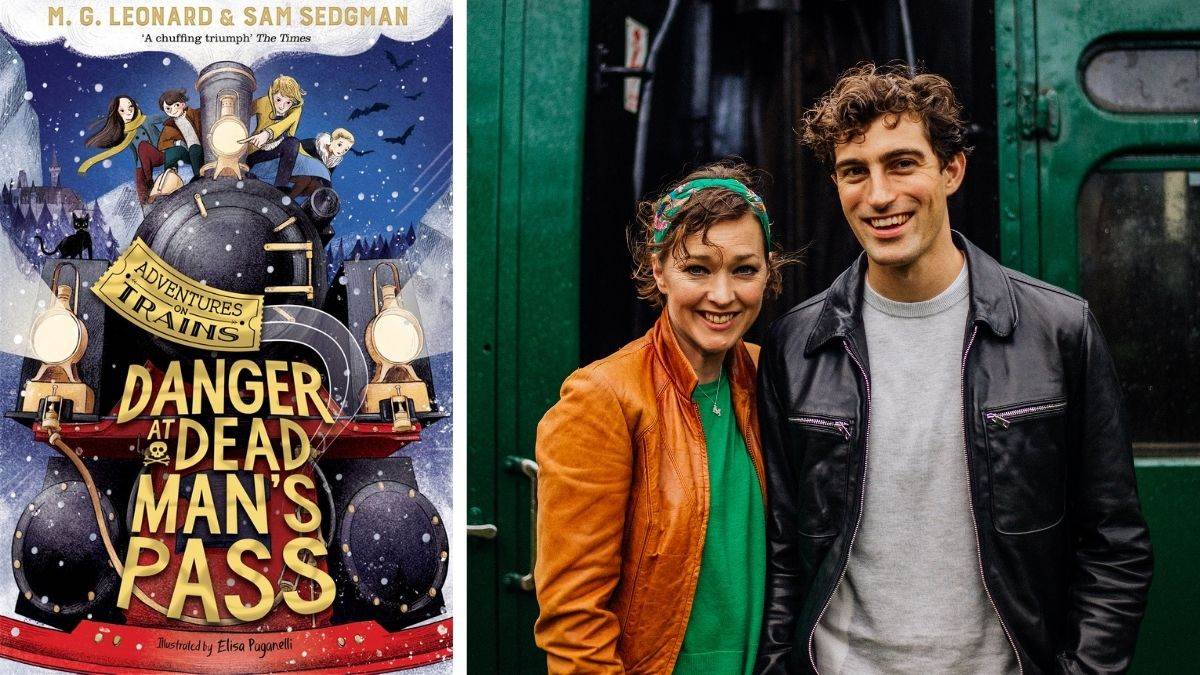 Sam Sedgman and M. G. Leonard and the cover of Danger at Dead Man's Pass
Sam Sedgman and M. G. Leonard and the cover of Danger at Dead Man's Pass
One of the pleasures of writing a series of mystery books set on railway journeys all over the world is that it allows me and my co-author, M. G. Leonard, to give each story a very different tone. In our past Adventures on Trains stories, our young detective Harrison Beck has foiled a jewel thief on the royal steam train, caught a kidnapper while travelling across America, and solved a murder on a South African rail safari. But for our latest book, Danger at Dead Man’s Pass, which comes out a few weeks before Halloween this year, Maya and I wanted to draw on our love of the gothic, the eerie and the unknown, to bring Harrison into an atmospheric mystery unlike any he’s faced before.
Following the arrival of a mysterious letter from an old friend, Harrison and his Uncle Nat take a series of trains across Europe, travelling deep into the snowy Harz mountains in Germany to investigate an unexplained death, and a family curse.
We drew on a huge range of ghost stories, crime fiction and classic gothic literature when writing our latest tale. Here are some of our favourites that we turned to for inspiration as we brought our story to life.
The Hound of the Baskervilles by Sir Arthur Conan Doyle
This iconic Sherlock Holmes mystery was one of the core pieces of inspiration for Danger at Dead Man’s Pass. I read it when I was quite young – far too young, probably – but the story has become a classic for good reason. Holmes and Watson are sceptical when they hear a demonic hound has been stalking the Baskerville family on Dartmoor – but the solution to the seemingly supernatural mystery involves some top-notch logical plotting. As Watson follows Holmes out of the security of London to the windswept, bleak and unnerving wilds of remote Devon, the story builds to a tense climax. We wanted to capture the same sense of growing eeriness in our story, as Hal and Uncle Nat travel from the comforts of home deep into the atmospheric Harz Mountains to solve a mysterious death in a railway cutting.
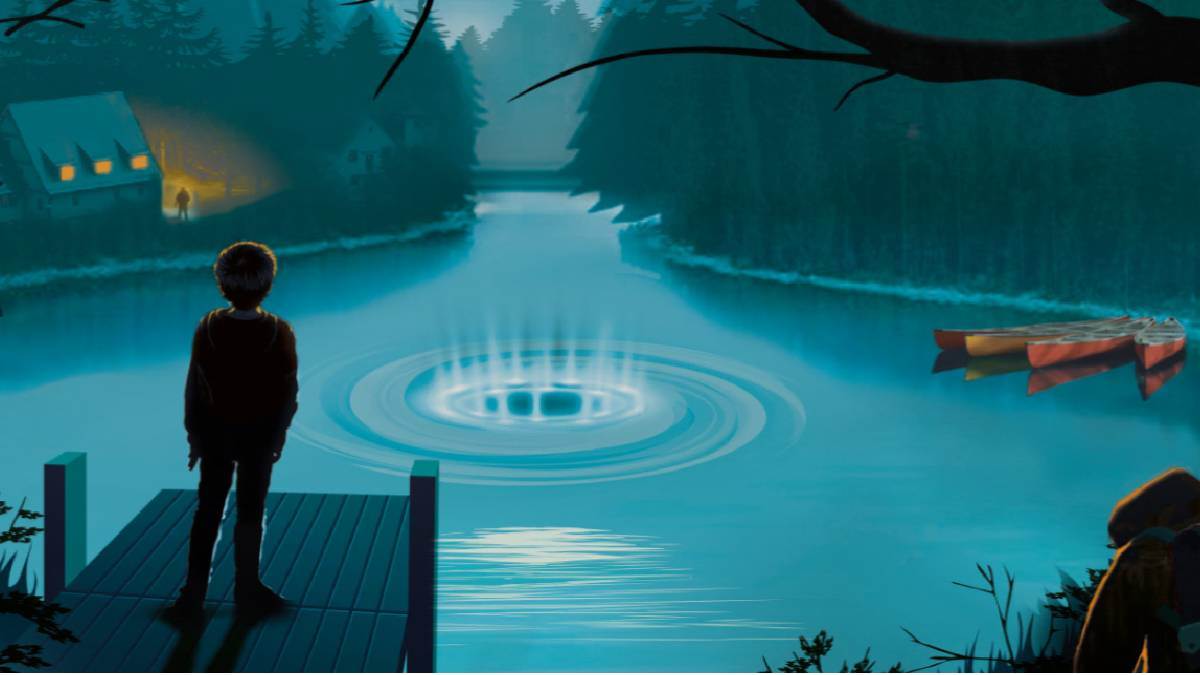 Illustration from Crater Lake by Jennifer Killick
Illustration from Crater Lake by Jennifer Killick
Crater Lake by Jennifer Killick
It can be hard to create a sense of real threat when writing middle grade fiction. For young readers, a writer has to strike a tricky balance between narrative peril and true buttock-clenching terror. But this book gets that balance completely right. A properly creepy and exciting adventure story set on an outward bound school trip gone horribly awry, Crater Lake has buckets of humour and heart alongside the terror and suspense. Its Year 6 characters are drawn vividly and with empathy, so you really root for them as they work together to fight off parasitic aliens. A great example of sci-fi horror for younger readers.
Dracula by Bram Stoker
There are no vampires in our book, but our heroes do travel to Eastern Germany, where they find a gothic castle with a tower full of bats. Van Helsing and his crew of vampire-hunters famously chased Count Dracula through Europe on board the Orient Express, and we’ve tried to summon the same sense of urgency and danger in our story, as Hal and Uncle Nat rattle across borders in a sleeping compartment on the Trans-European Express, nervous about the unknown foe at their journey’s end.
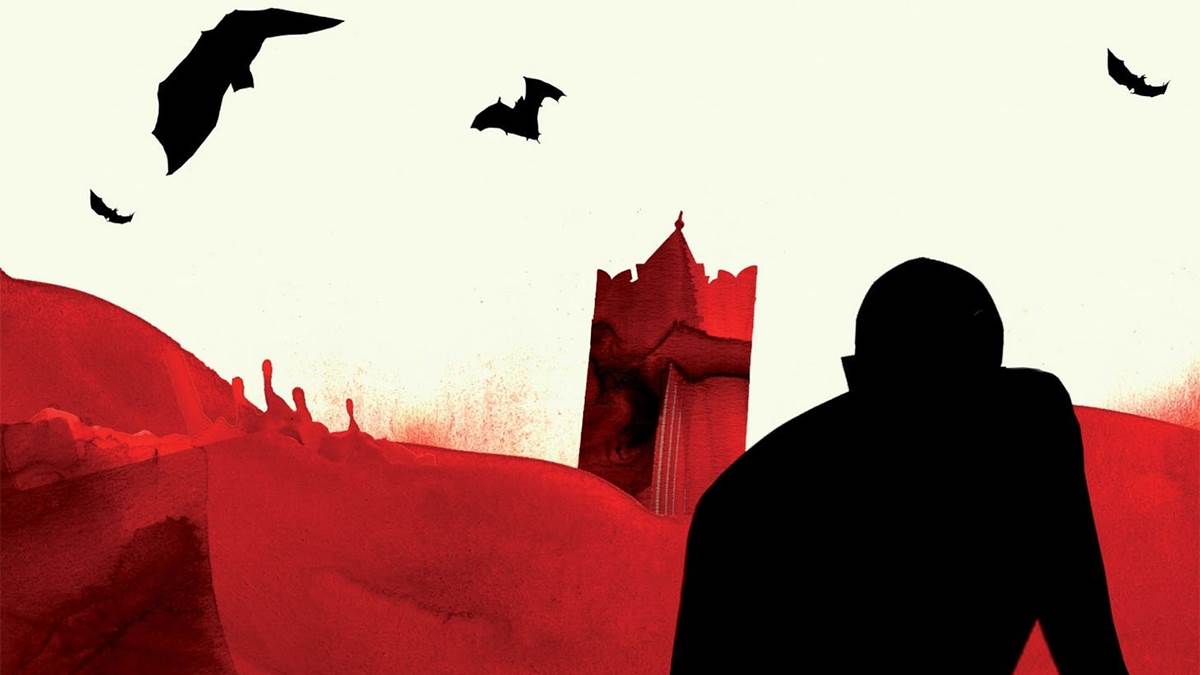 Illustration from Dracula by Bram Stoker
Illustration from Dracula by Bram Stoker
Wranglestone by Darren Charlton
This brilliantly atmospheric YA novel blends a terrifying post-apocalyptic thriller with a really touching and well-drawn gay love story. Set in a national park plagued by the undead, who can only attack our heroes when winter comes and the lake surrounding their hideout freezes over, there’s a phenomenal sense of creeping dread at play here which builds nicely and feels completely earned. Although our story doesn’t have lurching zombies, our German mountains are covered by sprawling woods, filled with mist and an unknown threat lurking within. The quiet eeriness of nature can be incredibly spooky – and we were particularly keen in this novel to bring that to the fore.
The Signal-Man by Charles Dickens
This classic ghost story takes place in a remote railway cutting, where a strange spectre appears three times to warn the eponymous signalman of danger on the line. It’s an incredibly atmospheric example of the best Victorian ghost stories, and the many railway-based short stories which were popular at the time. The “Dead Man’s Pass” from our book’s title is a similar railway cutting beset by strange tragedy – and rumoured to be haunted by a ghost. Having our young detective confront a potentially supernatural threat felt like an excellent way to test his mettle in this fourth adventure.
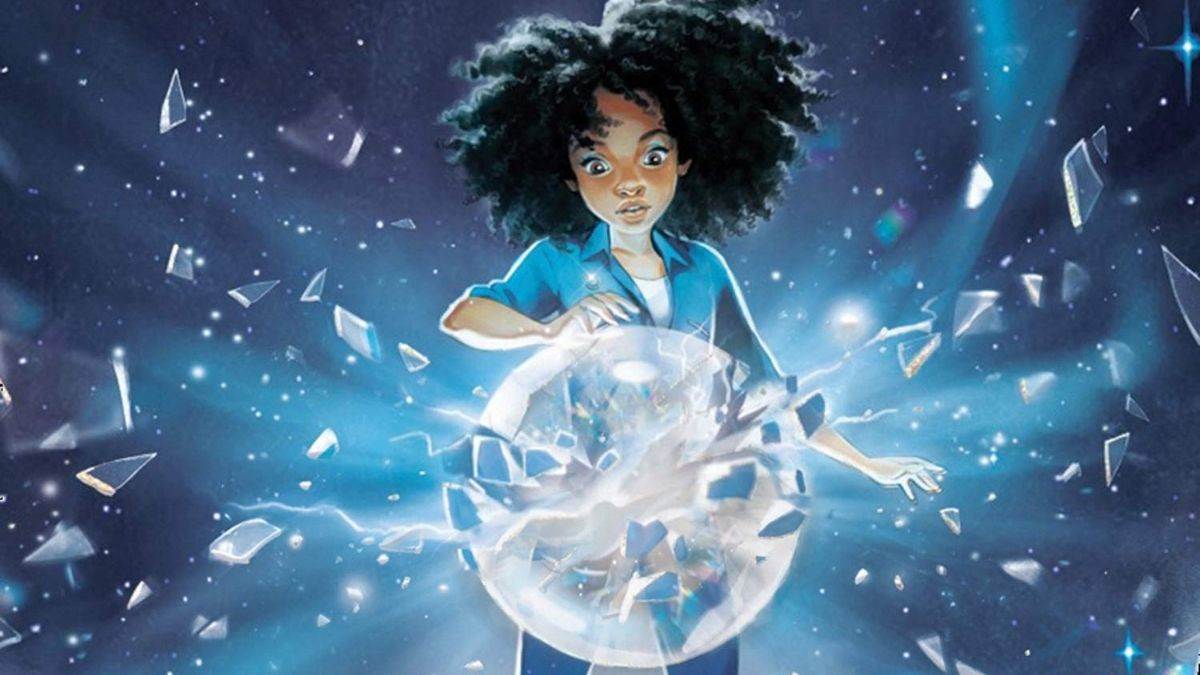 Illustration from Amari and the Night Brothers by B. B. Alston
Illustration from Amari and the Night Brothers by B. B. Alston
Amari and the Night Brothers by B. B. Alston
When Amari goes looking for her missing brother, her search leads her into the magical world of the Bureau of Supernatural Investigation – where all manner of strange creatures turn out to be real, and she has to fight privileged insiders to prove her worth. Thrown into an unfamiliar world and forced to reckon with it against the odds, Amari has plenty of challenges on her plate. Although the supernatural elements of Danger at Dead Man’s Pass are more suggestion than certainty – Harrison doesn’t share a room with a weredragon, as Amari does - they include problems Harrison has never faced before. He is forced to go undercover, in disguise. He can’t speak the local language – and his uncle is hiding something from him. The supernatural elements of the mystery are just one way our detective feels out of his depth.
Frankenstein by Mary Shelley
Maya and I both read this classic story at school, and worked on Danny Boyle’s stage production of it when we worked together at the National Theatre. One thing I admire about it is the way it uses form to establish a creepy atmosphere – it’s an epistolary novel, so the whole thing is told through letters and diary entries. Shelley conjures a creeping dread as you follow the story through its many veils of paper. That’s why Danger at Dead Man’s Pass starts with a letter from an old friend, asking Hal and Uncle Nat for help – and why the letter, as eagle-eyed readers might notice, is not entirely as it seems. We wanted our mystery to unfold slowly in the same way. Furthermore, the family at the heart of our story are called the Kratzensteins – the same surname of a real doctor who was rumoured to have inspired Mary Shelley when she created Doctor Frankenstein.
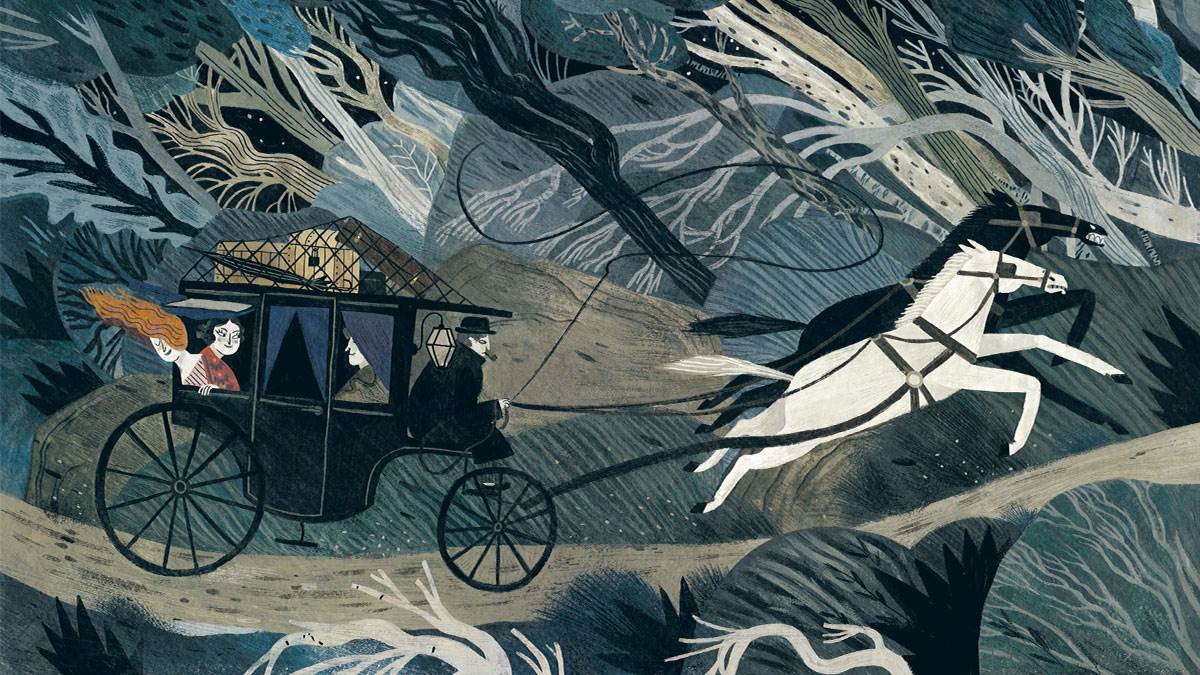 Illustration from Frankenstein by Mary Shelley
Illustration from Frankenstein by Mary Shelley
What's your favourite spooky read? Let us know in the comments or tell us on Twitter!
Topics: Ghost story, Horror, Features





Add a comment